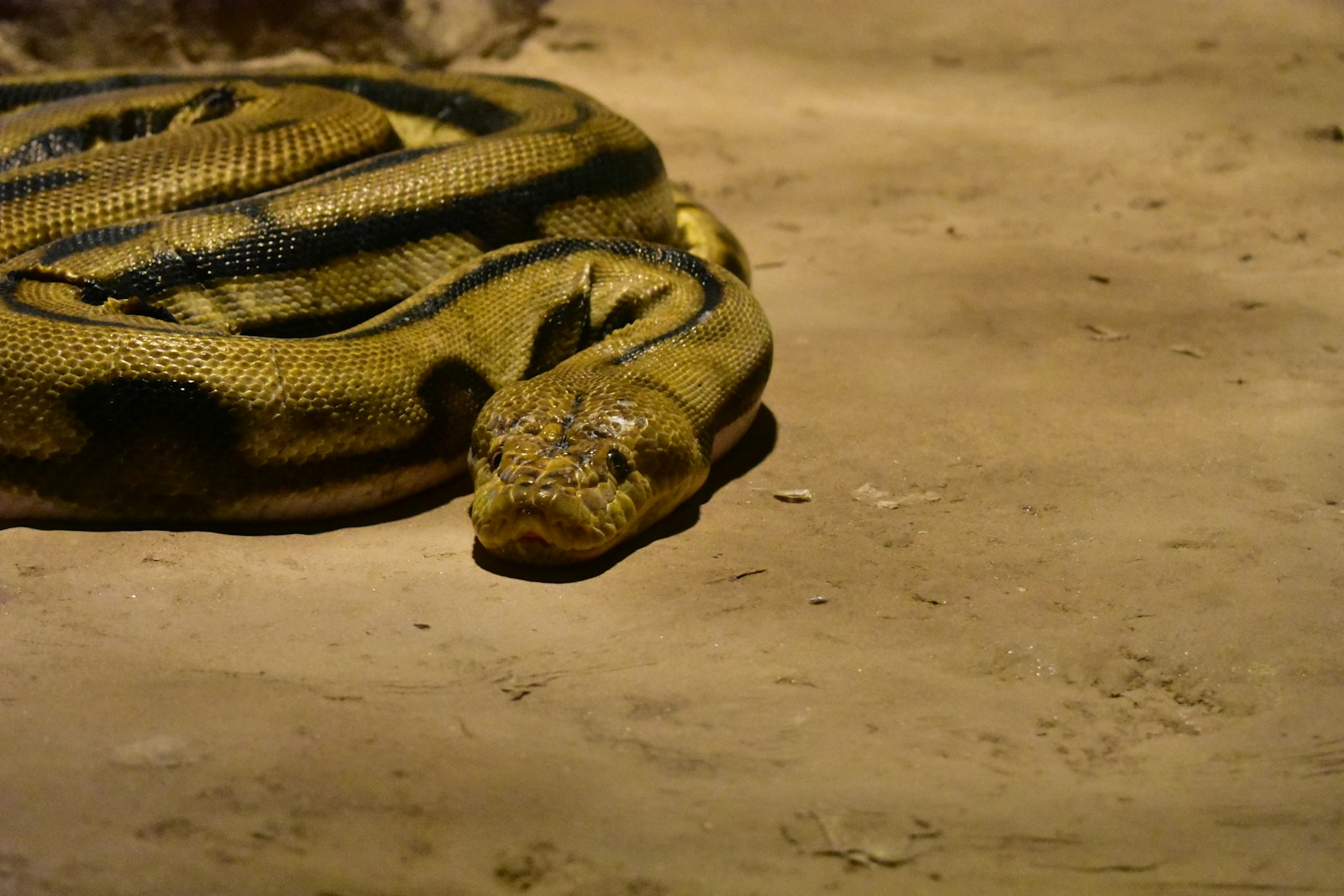When a snake appears to follow you through the woods or slithers persistently toward you in your backyard, it’s easy to feel targeted. This seemingly deliberate pursuit can trigger primal fears and reinforce the myth that snakes actively hunt humans. However, the reality of snake behavior is far more nuanced and fascinating than Hollywood horror movies suggest. In this article, we’ll explore the science behind why snakes sometimes appear to “stalk” people, what’s actually happening in these encounters, and how understanding snake behavior can help us coexist more peacefully with these remarkable reptiles.
The Perception vs. Reality of Snake “Stalking”
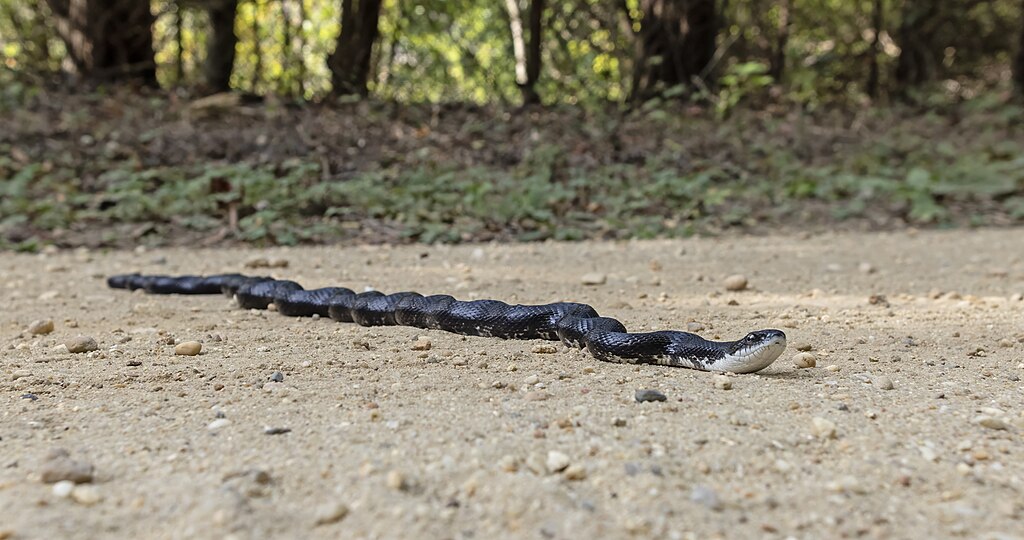
The human mind is wired to detect patterns and potential threats, which can lead to misinterpretations of animal behavior. When we notice a snake moving in our direction, our threat-detection systems often kick into high gear, creating a perception that we’re being pursued. In reality, snakes have no evolutionary reason to chase humans as we aren’t their natural prey. Most snake species prey on animals they can actually swallow, such as rodents, birds, frogs, and occasionally other reptiles. The vast majority of snake-human encounters that appear menacing are actually cases of coincidental movement patterns, defensive behaviors, or curiosity rather than predatory stalking.
Defensive Following: When Snakes Keep an Eye on the Threat
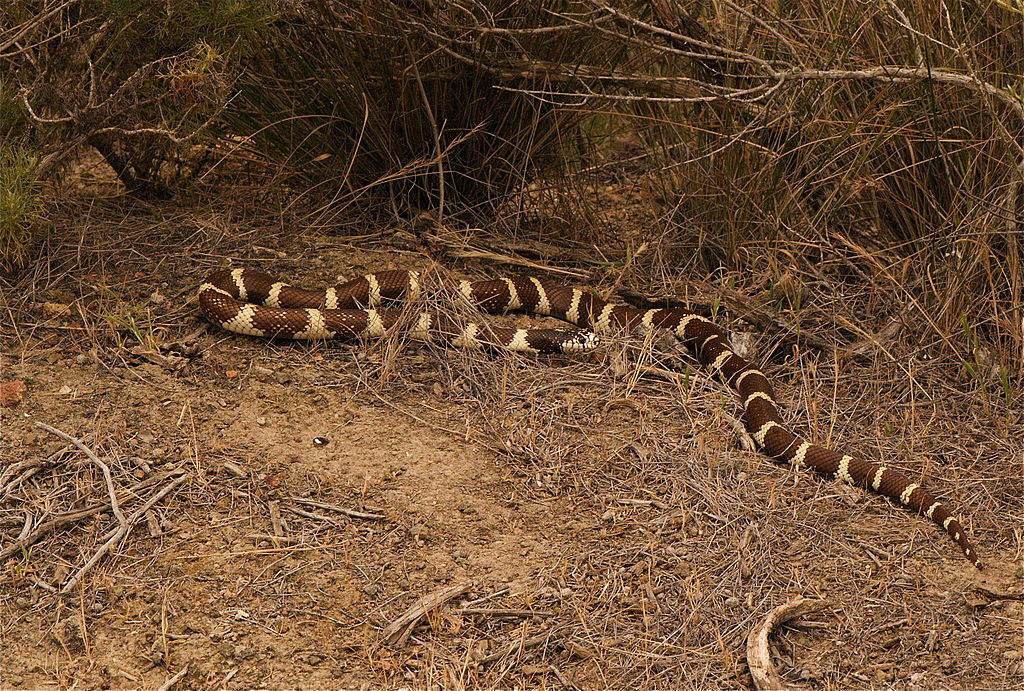
Some snake species exhibit what herpetologists call “defensive following,” which can easily be misinterpreted as stalking. When a snake feels threatened but isn’t immediately able to retreat to safety, it may keep its head oriented toward the perceived threat (you) while maintaining or adjusting its position. This behavior allows the snake to monitor the threat while preparing for either escape or defense. Species like cottonmouths (water moccasins) are known for this behavior, often appearing to “follow” humans along waterways when in reality they’re in a defensive posture, tracking a potential threat while looking for an opportunity to escape safely.
Territorial Behavior in Breeding Season

During breeding season, certain snake species, particularly males, may become more territorial and assertive in their behaviors. A male snake searching for females might inadvertently move toward humans who happen to be in its territory or along its scent-tracking path. This coincidental intersection of movement patterns can create the impression of following or stalking. Black rat snakes, for example, become notably more active and visible during mating season, increasing the likelihood of human encounters. Their increased boldness during this time might make them less likely to flee immediately, creating extended encounters that feel intentional to humans.
Thermal Detection and Human Heat Signatures
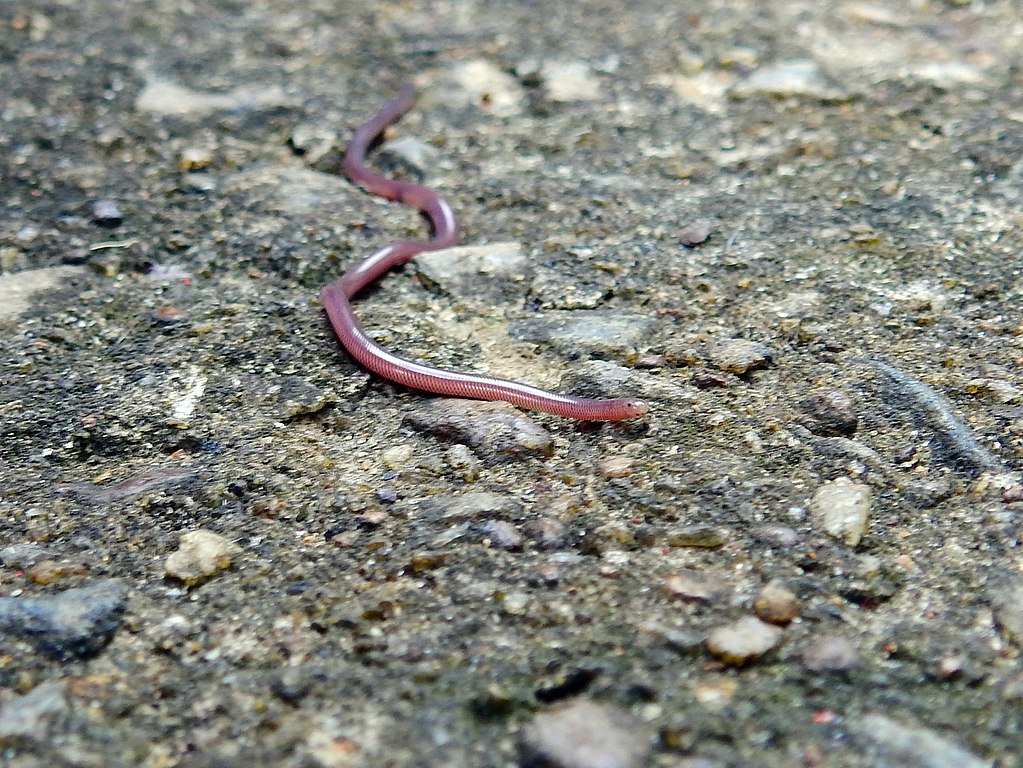
Pit vipers like rattlesnakes, copperheads, and cottonmouths possess specialized heat-sensing organs (pit organs) that detect infrared radiation, allowing them to perceive the heat signatures of potential prey or threats. Human bodies emit significant heat compared to the surrounding environment, making us highly visible to these snakes’ specialized senses. A curious pit viper might approach to investigate this interesting heat source, especially in cooler conditions when warm-blooded creatures stand out more dramatically against the background. This heat-guided investigation can appear deliberate and targeted, even though the snake may simply be collecting information rather than planning an attack.
Curiosity and Exploratory Behavior
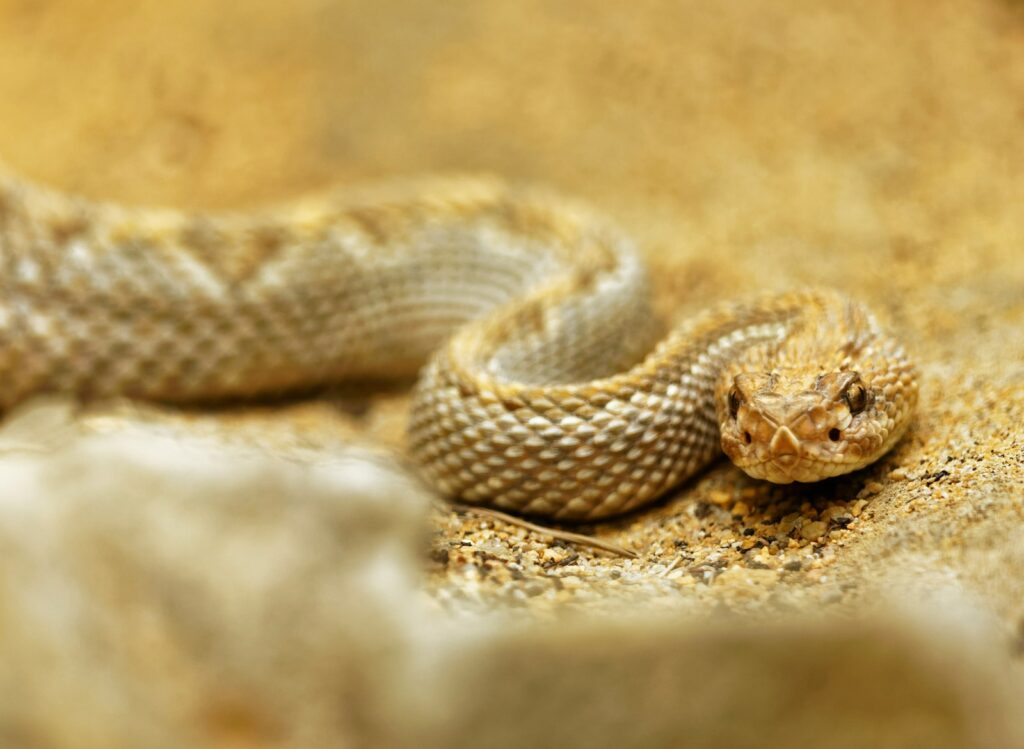
Contrary to their portrayal as cold, calculating creatures, snakes are surprisingly curious animals that regularly explore their environments. Some species, particularly larger colubrids like rat snakes or racers, may approach humans out of simple curiosity. This exploratory behavior helps snakes learn about potential resources, threats, or novel objects in their territory. A snake that approaches a human may be investigating an unfamiliar scent, movement pattern, or visual stimulus. This natural curiosity might lead a snake to follow a human for a short distance before determining there’s no benefit to continued interaction.
The “Chasing” Myth: Why Snakes Don’t Actually Pursue Humans

The persistent myth that certain snake species, particularly cottonmouths, actively chase humans has been scientifically debunked through multiple studies. Researchers like Dr. Whit Gibbons have conducted controlled experiments where they approached and provoked cottonmouths, finding that escape was the overwhelming response rather than pursuit. From an evolutionary perspective, chasing a large mammal like a human expends valuable energy and exposes the snake to significant risk with no clear benefit. Snakes are predominantly ambush predators or cautious hunters that rely on stealth rather than speed for successful hunting. The energetic cost of pursuing a human would far outweigh any potential benefit for virtually all snake species.
Misinterpretation of Flight Paths and Movement Patterns
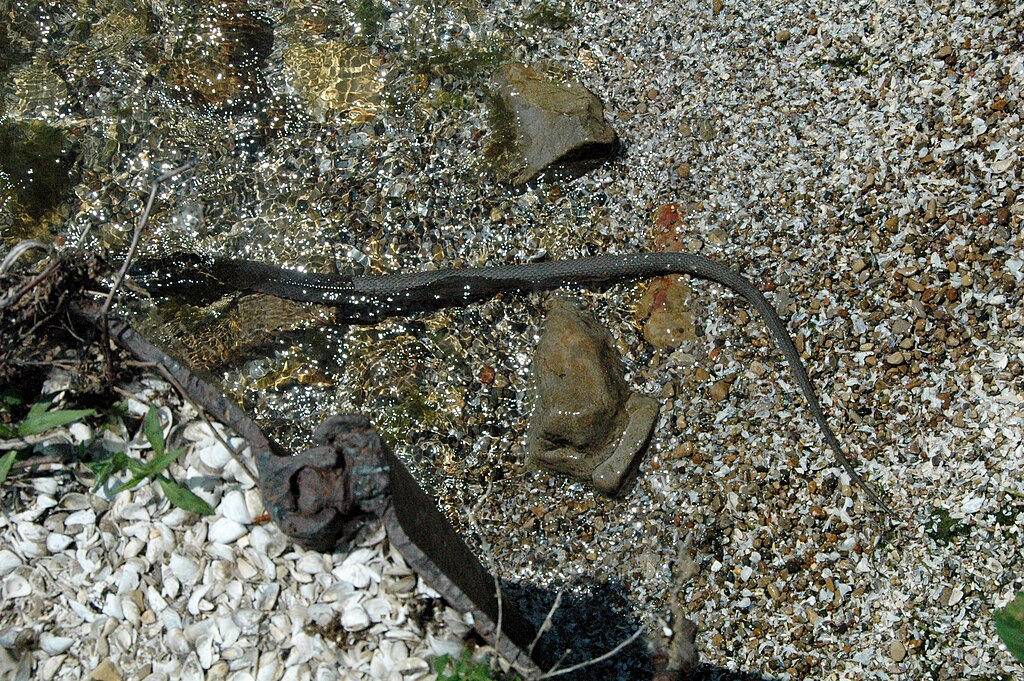
Sometimes what appears to be stalking is simply a matter of coincidental movement patterns or limited escape options. When startled, a snake will typically flee toward the nearest perceived safety, which might happen to be in your direction if you’re standing between the snake and its burrow, rock crevice, or water source. Fast-moving species like racers or coachwhips move in erratic patterns when escaping, which can sometimes bring them briefly toward a person before darting away again. In aquatic environments, cottonmouths or water snakes may swim toward shorelines where people are standing simply because that represents the available land, not because they’re targeting humans.
The Role of Human Movement in Provoking Responses
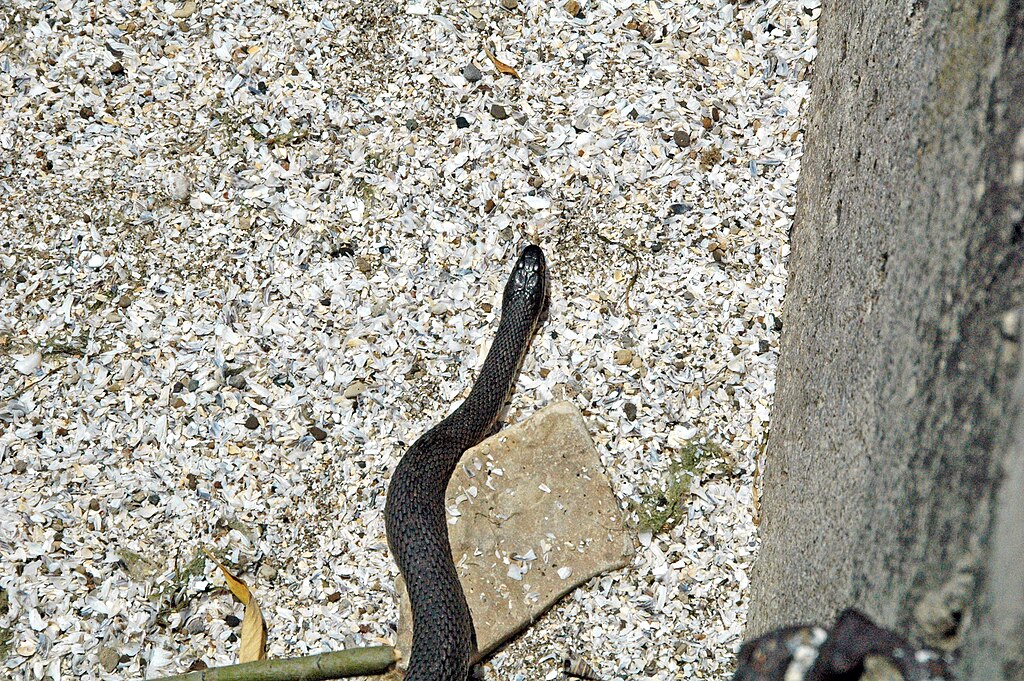
Our own movements significantly influence snake behavior during encounters. Rapid movements can trigger defensive or escape responses, while standing still may occasionally result in a snake approaching out of curiosity or confusion. When humans panic and move erratically, a snake might become more defensive or change its escape strategy multiple times, creating the impression of pursuit. Snake vision is primarily adapted to detect movement rather than static objects, so a moving human registers more prominently in their sensory field. By running or moving unpredictably, we might inadvertently maintain ourselves as the focal point of the snake’s attention, extending the encounter and reinforcing the perception of being followed.
Species Most Commonly Perceived as “Stalkers”

Certain snake species have reputations for “stalking” behaviors due to their natural tendencies toward boldness or defensive displays. Cottonmouths (Agkistrodon piscivorus) are perhaps the most notorious, known for their defensive posture of coiling with an open, cotton-white mouth display rather than immediately fleeing. Black racers (Coluber constrictor) and coachwhips (Masticophis flagellum) are also frequently misinterpreted as pursuers due to their exceptional speed and active hunting style. Eastern rat snakes, with their curious nature and excellent climbing abilities, sometimes investigate human activities around homes or campsites, creating the impression of deliberate monitoring. These species aren’t more aggressive than others, but their specific defensive tactics and movement patterns align with human perceptions of intentional following.
The Impact of Snake Myths on Conservation
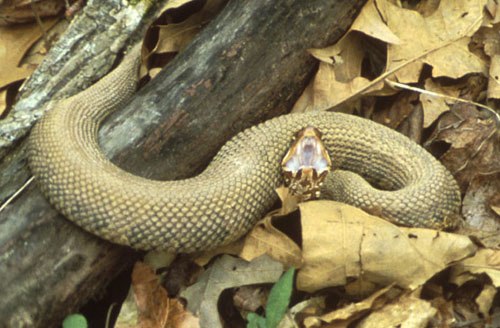
The persistent belief that snakes stalk humans has serious conservation implications for these already vulnerable animals. Misunderstanding snake behavior leads to unnecessary killings, habitat destruction, and support for harmful wildlife management policies. Many regions report declining snake populations due to direct persecution based on fear rather than facts. These unnecessary killings remove important predators from ecosystems, potentially allowing rodent populations to explode and spread diseases. The misconception of stalking behavior also prevents many people from developing more nuanced approaches to coexistence with snakes, such as implementing reasonable habitat modifications around homes rather than wholesale destruction of snake populations.
How to Respond When a Snake Appears to Follow You
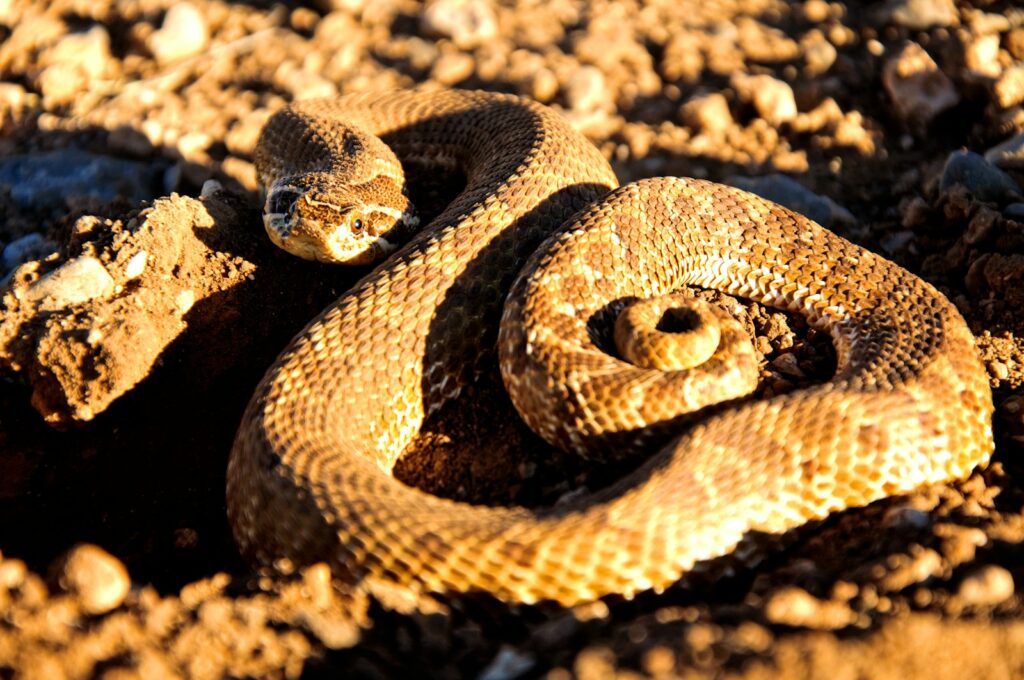
If you encounter a snake that seems to be following you, the most effective response is to remain calm and create distance between yourself and the animal. Stop moving erratically, as your rapid movements might be keeping the snake’s attention focused on you as a potential threat. Slowly back away while keeping an eye on the snake, giving it plenty of space to retreat. Avoid cornering the snake or blocking obvious escape routes, as this may force it into a defensive posture. Remember that the snake is almost certainly not stalking you with predatory intent – it’s either curious, defensive, or coincidentally moving in your direction. If you’re in an area with venomous species, maintain a respectful distance of at least 6 feet and never attempt to handle or provoke the snake.
Scientific Studies on Snake Pursuit Behavior
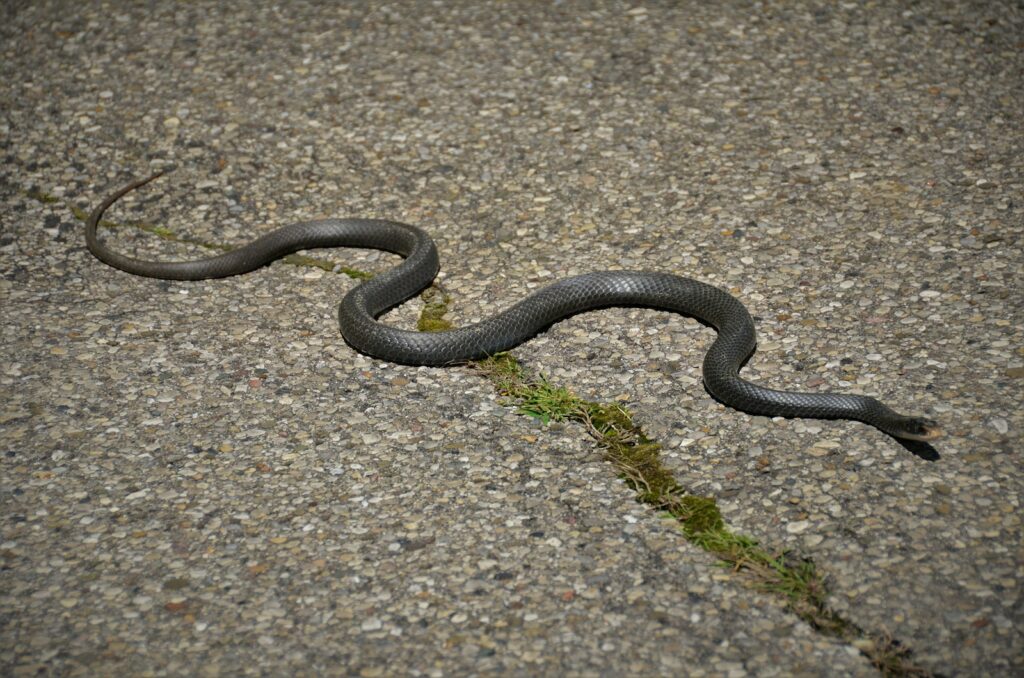
Controlled scientific studies have consistently debunked the myth of snakes pursuing humans. Research by Dr. Whit Gibbons and colleagues at the Savannah River Ecology Laboratory specifically tested the aggressive reputation of cottonmouths by approaching 36 wild specimens in standardized ways. They found that 51% tried to escape, 78% used threat displays when approached closely, and only 36% struck when physically restrained – none chased the researchers. Similar studies with other “aggressive” species like black racers have shown comparable results, with flight being the predominant response to human encounters. When researchers track snake movements with radio telemetry, they find that snakes typically move away from areas of human activity rather than toward them. These scientific findings consistently contradict popular anecdotes about aggressive pursuit while confirming that defensive behaviors are often misinterpreted.
Cultural Perceptions and the Psychology of Snake Fear
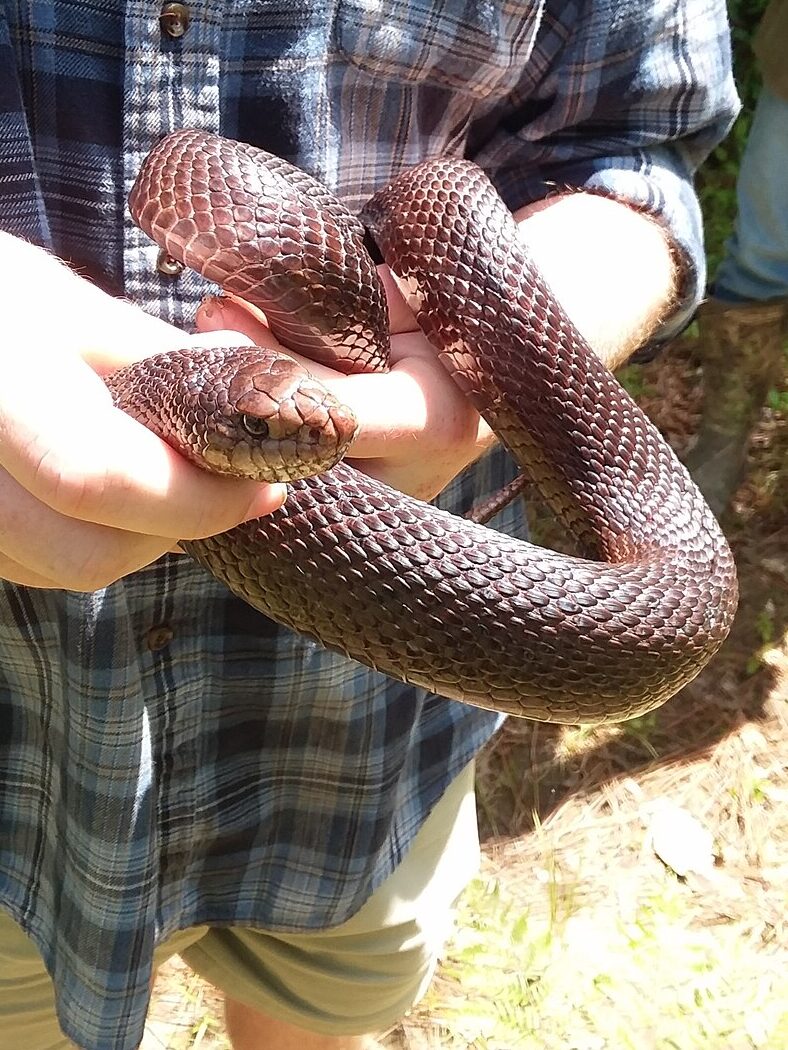
The perception that snakes stalk humans is deeply rooted in cultural and psychological factors that shape how we interpret their behavior. Ophidiophobia, the fear of snakes, is one of the most common specific phobias, affecting between 2-3% of the general population with many more experiencing milder anxiety around snakes. Evolutionary psychologists suggest humans may have an innate predisposition to detect and fear snakes, as this would have offered survival advantages to our ancestors. This psychological tendency combined with cultural reinforcement through stories, films, and religious symbolism creates a perfect storm for misinterpreting neutral or defensive snake behaviors as aggressive or intentional. Our brains are literally primed to interpret ambiguous snake behavior in the most threatening light possible, a cognitive bias that’s difficult to overcome even with factual information.
Peaceful Coexistence: Understanding Snake Behavior
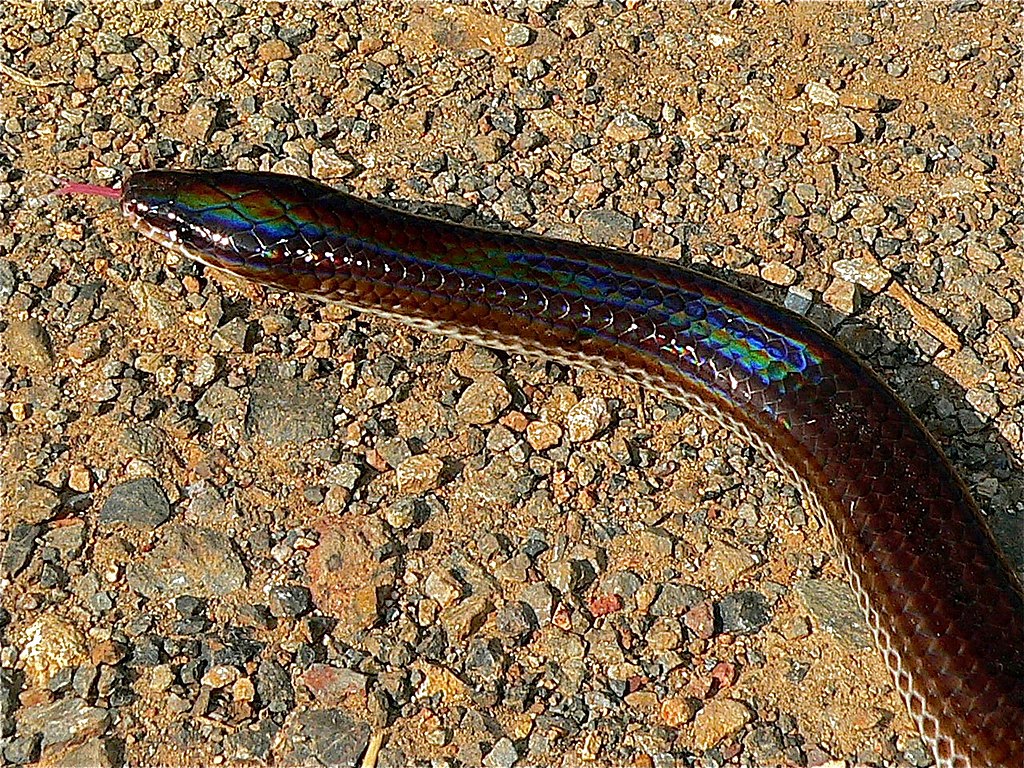
Learning to interpret snake behavior accurately can transform frightening encounters into fascinating glimpses of wildlife. By understanding that snakes are primarily interested in avoiding confrontation, finding food they can actually consume, and conserving energy, we can develop more rational responses to their presence. Simple habitat modifications like keeping grass trimmed, removing debris piles near homes, and sealing potential entry points can reduce unwanted snake encounters without harming these beneficial predators. When encountering snakes in natural settings, practicing respectful observation from a safe distance allows for appreciation of their ecological role and remarkable adaptations. Remember that snakes play crucial roles in controlling rodent populations, which helps reduce the spread of diseases and protects crops and food supplies.
Understanding snake behavior through a scientific lens reveals that the perception of being “stalked” by these reptiles is largely a product of misinterpretation rather than reality. Snakes have no evolutionary incentive to pursue humans and overwhelmingly prefer to avoid us when possible. By recognizing the defensive, exploratory, or coincidental nature of what appears to be following behavior, we can respond more appropriately during encounters and develop greater appreciation for these important ecological controllers. As we continue to expand into snake habitats worldwide, learning to coexist through understanding rather than fear becomes increasingly important for both human safety and snake conservation.

